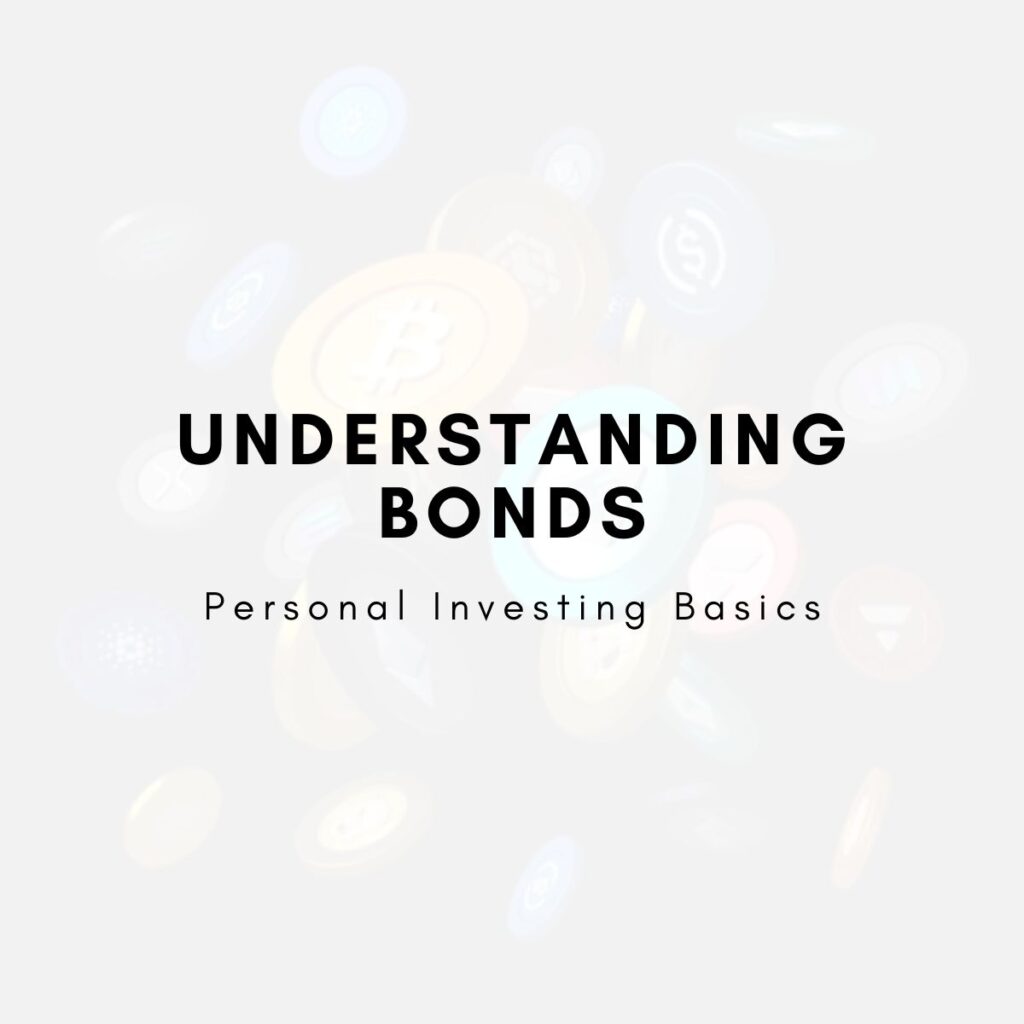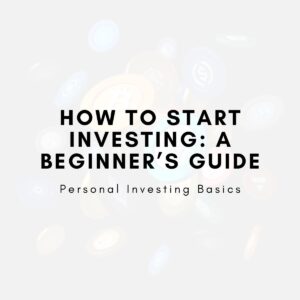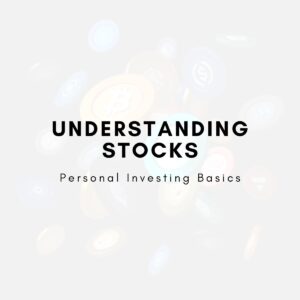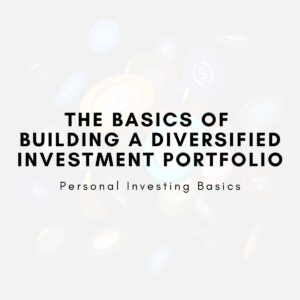
What are bonds and how do they fit into your investment strategy?
Bonds are debt securities issued by corporations, municipalities, or governments, providing investors with fixed interest payments over a specific period. They are typically considered a safer investment than stocks. This guide will help you understand how bonds work, their types, benefits, risks, and how to incorporate them into your portfolio.
Summary Table
| Section | Summary | Key Tips | Examples |
|---|---|---|---|
| What Are Bonds? | Bonds are debt securities where investors lend money to entities (governments, corporations) in exchange for interest payments and eventual repayment of the principal. | Understand how bonds work as a loan agreement and their fixed income nature. | Buying a $1,000 bond with a 5% coupon will earn you $50 annually. |
| Types of Bonds | Different types of bonds include government bonds, corporate bonds, and municipal bonds. Each comes with varying risk and return profiles. | Choose bonds based on your risk tolerance and investment goals. | U.S. Treasury bonds are safer, while corporate bonds from Apple may offer higher returns but come with increased risk. |
| The Benefits of Investing in Bonds | Bonds provide stable income, lower risk compared to stocks, and portfolio diversification. | Consider bonds for income generation and reducing volatility in your portfolio. | A retiree with $100,000 in bonds receives $5,000 annually in fixed interest payments. |
| The Risks of Investing in Bonds | Bonds are subject to risks such as interest rate risk, credit risk, and inflation risk. | Weigh the potential risks carefully before purchasing bonds. | Rising interest rates could lower the value of existing bonds, like a 3% coupon bond losing value when new 5% bonds are issued. |
| How to Start Investing in Bonds? | Investors can buy individual bonds or bond funds depending on their investment strategy. | Start by assessing your risk tolerance and selecting the appropriate bond types. | An investor may choose 40% stocks, 20% bonds, and 40% other investments for a balanced portfolio. |
This summary table encapsulates key sections of the post, offering a quick overview of bonds, types, benefits, risks, and starting strategies, along with practical tips and real-life examples to guide you in making informed investment decisions.
Introduction
When building an investment portfolio, many people consider bonds as a key component, primarily for their ability to generate steady income with lower risk than stocks. Bonds are a type of debt security where you, the investor, lend money to an entity (government, corporation, or municipality) in exchange for interest payments. As your portfolio grows and you look for ways to balance risk, understanding how bonds work is essential.
In this guide, we will explore the different types of bonds, their benefits and risks, and how you can include them in your investment strategy. Whether you are a seasoned investor looking to diversify or a beginner trying to understand the basics, this post will offer valuable insights into bond investing.
What Are Bonds?
Bonds are essentially loans made by investors to borrowers (typically governments or corporations). When you buy a bond, you’re lending money to the issuer, who in turn agrees to pay you back the principal along with periodic interest payments. Bonds are a staple for conservative investors seeking to reduce portfolio risk while earning income.
How Bonds Work?
When a company or government needs capital, it issues bonds in the form of fixed-term debt securities. Investors purchase these bonds, agreeing to lend their money in exchange for regular interest payments, known as the coupon. Once the bond matures, the issuer repays the principal (the amount initially borrowed).
Example:
If you buy a $1,000 corporate bond with a 5% annual coupon, you’ll receive $50 per year for the bond’s term. At maturity, you will get your $1,000 principal back.
Types of Bonds
There are various types of bonds, each with different features and risk profiles. Below are some of the most common types of bonds investors encounter:
Government Bonds
These bonds are issued by national governments, such as U.S. Treasury bonds or UK gilts. They are considered among the safest investments because they are backed by the credit of the issuing government.
Example:
A U.S. Treasury bond with a 10-year maturity might offer a 2% coupon, making it ideal for conservative investors who seek stability.
Corporate Bonds
Issued by companies to raise capital, corporate bonds usually offer higher yields than government bonds. However, they come with higher risk, as the company could default.
Example:
Investing in an Apple corporate bond with a 3% coupon can offer good returns compared to Treasury bonds, but it also carries some degree of risk depending on the financial health of the company.
Municipal Bonds
Issued by states, cities, or local government entities, municipal bonds fund public projects. These bonds may offer tax advantages to residents of certain areas.
Example:
A New York municipal bond offering a 4% coupon could be tax-free for New York state residents, making it an attractive option for those looking for tax-efficient investments.
The Benefits of Investing in Bonds
Bonds can be an excellent investment for those looking for stability and predictable income. Here are some of the key advantages of including bonds in your portfolio:
Stable Income
Bonds provide fixed interest payments, which can help build a reliable income stream, especially for retirees or those looking for safer investments.
Example:
A retiree who owns $100,000 worth of 5% bonds will receive $5,000 annually in interest payments, providing a steady source of income.
Lower Risk Compared to Stocks
Bonds are generally less volatile than stocks, making them an ideal choice for investors who want to mitigate risk in their portfolios.
Example:
If you invest $10,000 in a mix of bonds and stocks and experience a market downturn, your bonds will likely remain stable, helping to offset losses from stock investments.
Diversification
Adding bonds to your investment portfolio helps diversify your holdings, reducing the overall risk exposure.
Example:
A balanced portfolio consisting of 60% stocks and 40% bonds can be less affected by stock market fluctuations than a portfolio with only stocks.
The Risks of Investing in Bonds
While bonds are often viewed as safe investments, they come with risks that need to be understood before investing.
Interest Rate Risk
When interest rates rise, the value of existing bonds tends to fall. This is because newer bonds will offer higher yields, making older bonds with lower interest rates less attractive.
Example:
If you hold a bond with a 3% coupon and interest rates rise to 5%, your bond will decrease in value as new bonds become more appealing.
Credit Risk
The issuer of the bond may default on its payments, especially if it’s a corporate bond. This can result in partial or total loss of your investment.
Example:
If you invest in a bond issued by a struggling company, and that company goes bankrupt, you may lose the principal you invested, along with any interest payments.
Inflation Risk
Inflation erodes the purchasing power of the fixed payments received from bonds. Over time, if inflation exceeds your bond’s interest rate, you may lose purchasing power.
Example:
A 2% bond yield may not keep up with a 3% annual inflation rate, meaning that the real value of your interest payments declines.
How to Start Investing in Bonds?
Investing in bonds can be done directly by purchasing individual bonds, or indirectly through bond mutual funds or exchange-traded funds (ETFs). Below are some steps to help you get started.
Determine Your Risk Tolerance
Before investing, assess your risk tolerance. If you’re more risk-averse, government bonds may be your best option, while those with a higher risk tolerance may prefer corporate bonds or bond funds.
Example:
A 30-year-old investor with a high-risk tolerance might allocate 40% of their portfolio to stocks and 20% to high-yield corporate bonds.
Choose the Right Type of Bonds
Select bonds that align with your investment goals, time horizon, and risk profile. A diversified bond portfolio could include a mix of government, corporate, and municipal bonds.
Example:
A 55-year-old investor planning to retire in 10 years may want to invest in a mix of government bonds for stability and corporate bonds for higher yields.
Buy Bonds Through a Broker or Fund
You can buy individual bonds through brokers or invest in bond mutual funds or ETFs, which provide a diversified bond portfolio.
Example:
Opening an account with a brokerage firm like Charles Schwab or TD Ameritrade allows you to purchase individual bonds or bond funds directly.
Conclusion
Bonds are a crucial component of a balanced investment portfolio. They provide stability, income, and diversification, making them an ideal choice for conservative investors or those looking to reduce risk. However, it is important to understand the risks involved and choose the right types of bonds that align with your investment goals. Whether you’re investing in government bonds for safety or corporate bonds for higher returns, incorporating bonds into your investment strategy can help secure your financial future.
Key Takeaways
- Bonds are debt instruments offering fixed returns and are less risky than stocks.
- Government, corporate, and municipal bonds are the three primary types, each with different risk and return profiles.
- Bonds provide stable income but can be subject to risks such as interest rate changes, credit risk, and inflation.
- Diversifying your portfolio with bonds can reduce overall risk and enhance long-term financial security.
- You can start investing in bonds through a broker or by investing in bond funds to diversify and manage risk effectively.




